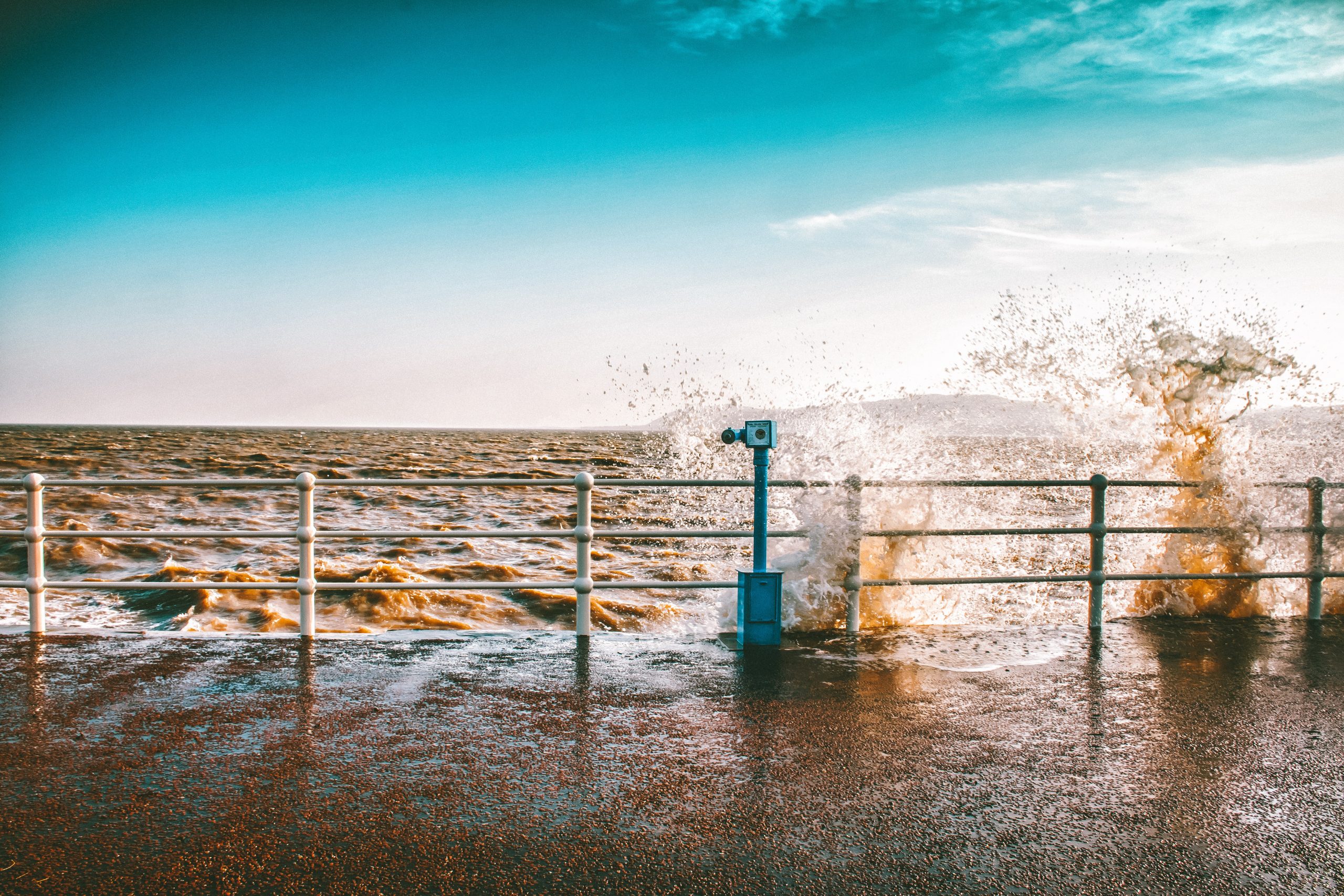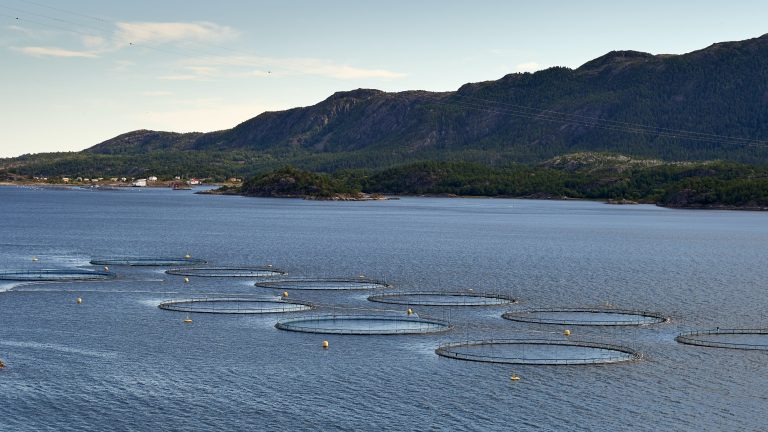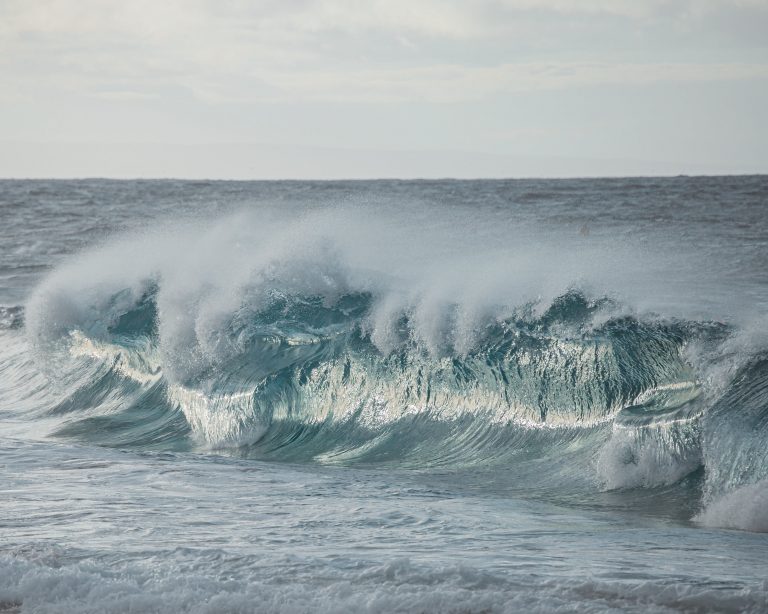Don't miss our holiday offer - 20% OFF!
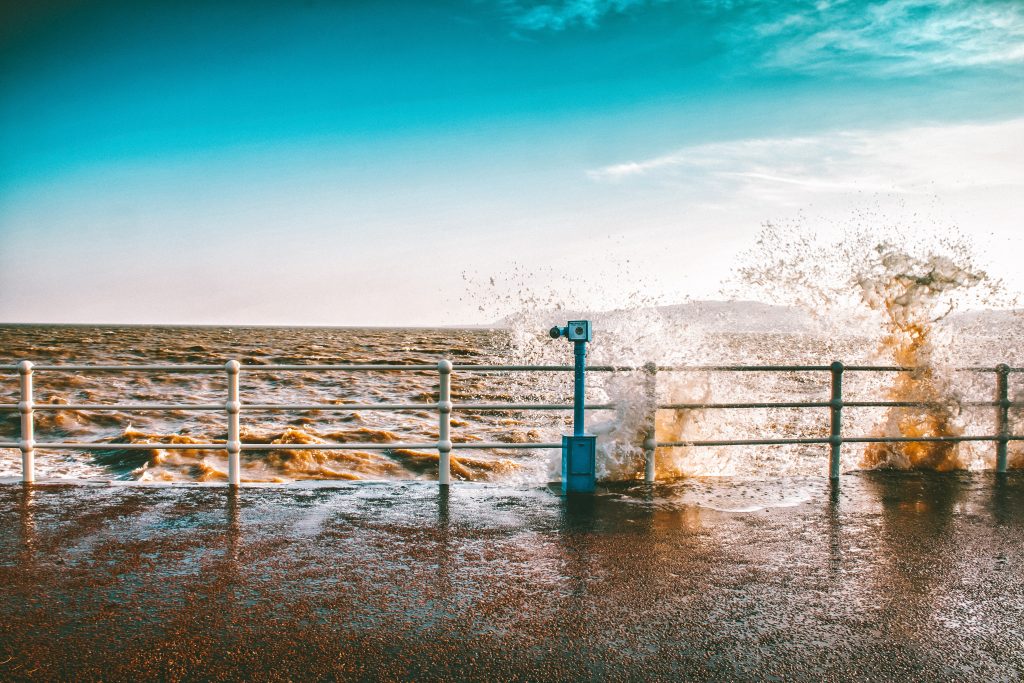
Read also : Water Sensor Technology for Flood Monitoring: How These Sensors Work to Predict and Prevent Flood Disasters
Efficient water management is the key to preserving valuable water resources and sustaining our lives. In this effort, water level sensors have become a crucial component in precisely monitoring and managing water tank. This article aims to debunk myths surrounding water level sensor technology and provide an in-depth explanation of how they work to ensure efficient and reliable water management.
Contents
How Water Level Sensors Work
Water level sensors operate on the fundamental principle of measuring the water level in tank using various methods. Among the most common methods are:
Ultrasonic Sensors
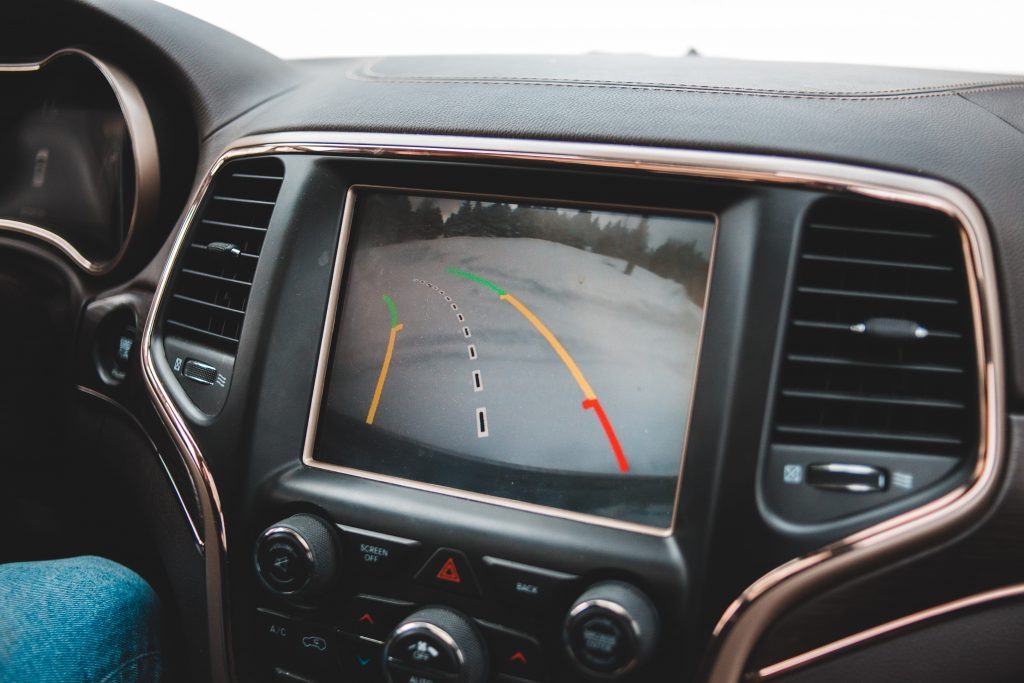
Read also : Weather Sensors Controlling External Weather Factors
Ultrasonic sensors measure the distance from the sensor to the water surface in the tank by sending ultrasonic sound waves and measuring the time it takes for the waves to bounce back. The longer the time for the bounce-back, the higher the water level.
Contact Sensors

Read also : Water Sensor Technology for Flood Monitoring: How These Sensors Work to Predict and Prevent Flood Disasters
Contact sensors use probes or floats that come into direct contact with the water surface. When water reaches the probe or float, the sensor detects this change and provides a water level reading.
Capacitive Sensors
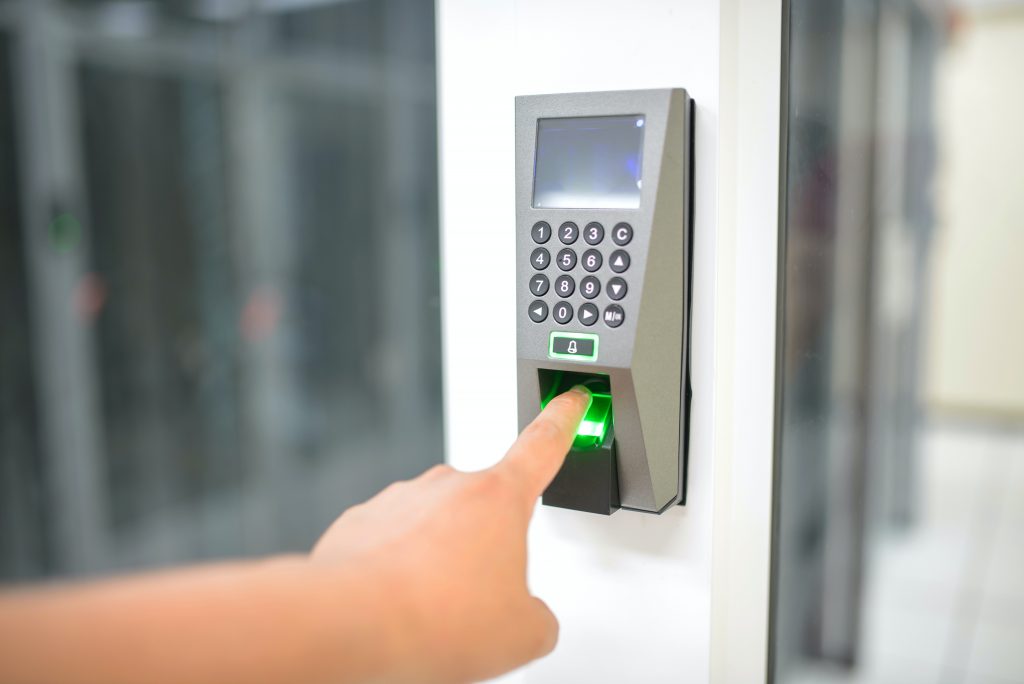
Read also : Smart EWS: Enhancing Speed and Accuracy of Response
Capacitive sensors work by measuring changes in capacitance between electrodes within the sensor and the surrounding water. The level of capacitance correlates with the water level in the tank.
Hydrostatic Sensors

Read also : Investing in Smart Hydrofarming: Delving into Financial Benefits
Hydrostatic sensors measure hydrostatic pressure produced by the column of water inside the tank. The higher the water column, the greater the pressure generated.
Benefits of Water Level Sensors
Water level sensors offer significant benefits in water tank management, including:
Real-Time Monitoring

Read also : Monitoring Navigasi Buoy Laut dengan fluxTrack
These sensors enable constant monitoring, allowing the immediate identification of unforeseen changes.
Automatic Notifications

Read also : Automated Parking Concept: Smart Solution for Availability
Configurable to provide automatic notifications if significant changes in water levels occur, reducing the risk of leaks or water shortages.
Optimizing Water Usage

Read also : Optimizing Electric Motor Performance with Pressure Sensors: How They Work
Data from these sensors helps optimize water usage, reducing wastage and conserving resources.
Conclusion
Water level sensors are vital components in efficient and reliable water management. With various measurement methods available, they facilitate real-time monitoring, automatic notifications, and the optimization of water usage. They support wise resource management, environmental sustainability, and meeting the needs of communities. With a better understanding of water level sensors, we can enhance the efficiency of monitoring and managing water tank, contributing to a better environment for future generations.


